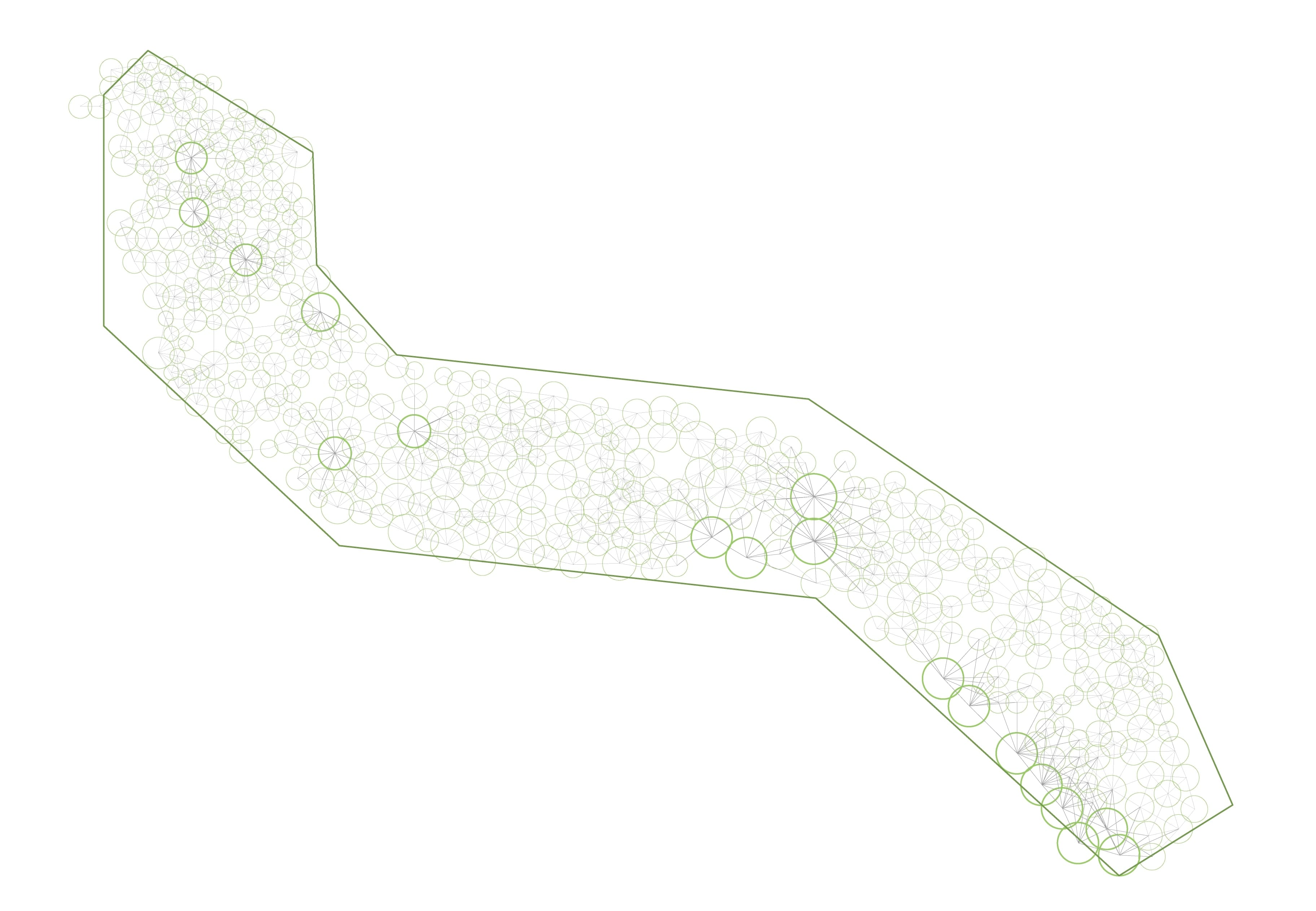Management plan
Intervention Priorities
On the first stage, we overlap 7 main influential factors,to get a Intervention priorities, including tree ages, root carbon, soil type, hydrology, current tree growth rate, tree density and rotation year to get the management plan, the map provides 7 types of plots from urgently in need of management to non urgently plots and we divided our management plan into 4 phases.
Data Source: Hooke Park
3 Rotation Models based on wood wide web
We apply the rotation models to Hooke park accordding to tree species.
Data Source: Hooke Park
Hooke Park Condition


Spatial Design
12C Pre-seedlings


12C is supposed to have a clearfell in next 5 years and replant broadleaves. Maybe we do not have to do clearfell at one time but divided into 2 or 3 part step by step.
9F Wood Production


9F is covered by mature broadleaves, and it is planned to be thinned frequently to consistently provide timber.
13E Tourism


13E is an unmanaged plot as example. It has high accessibility, the future of this plot would be for both the AA students and external tourists to visit.

